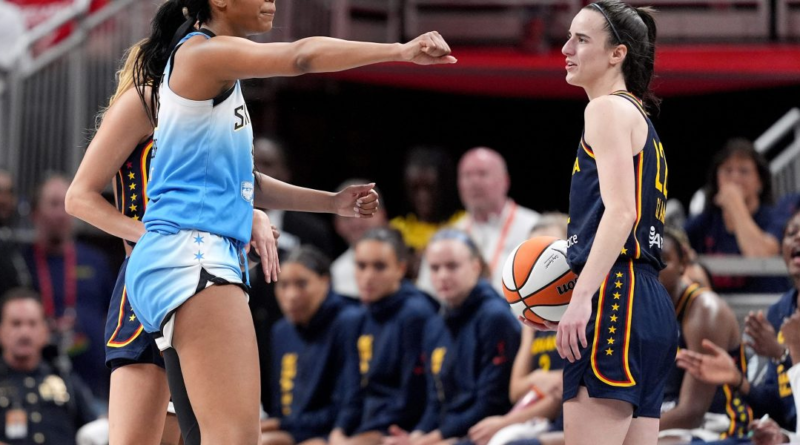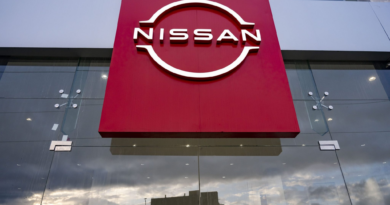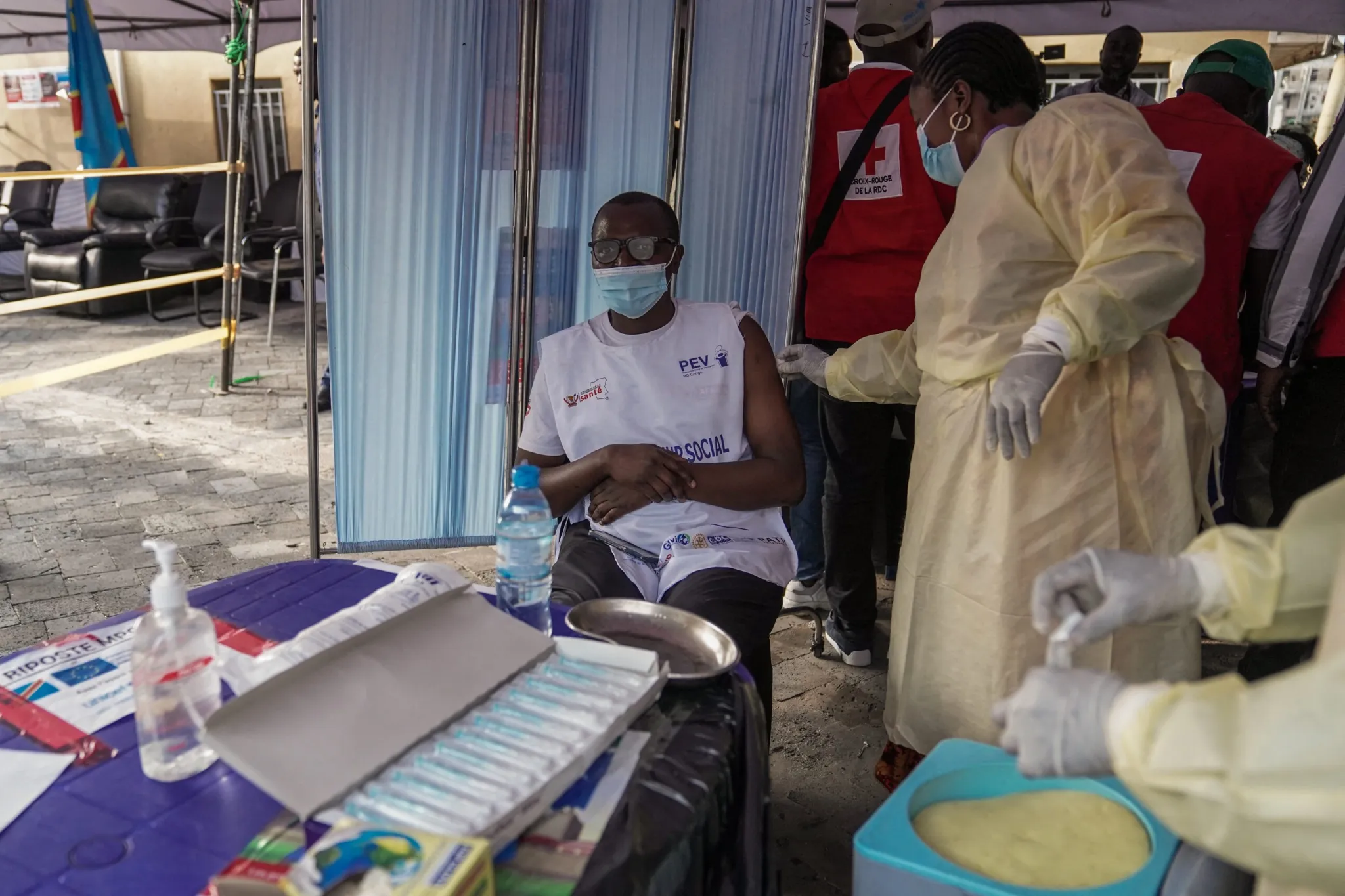Anyone still skeptical about the ‘Caitlin Clark effect’ should check out the record ticket prices for her matchup against Angel Reese on Sunday
This Sunday’s matchup between Caitlin Clark of the Indiana Fever and Angel Reese of the Chicago Sky will be the third time the WNBA’s two rookie superstars have played each this season. For Clark and Reese, it’s actually the fourth matchup this year, if you include their meeting in the NCAA tournament, when Clark’s Iowa defeated Reese’s LSU to advance to the Final Four in April.
But just because fans have seen the matchup play out before doesn’t mean there’s less demand to see the rivalry’s next chapter.
In fact, Sunday’s matchup between the Fever and Sky is the most expensive WNBA game on record, according to TickPick. The online ticketing platform told Fortune that the average purchase price for tickets to the game is $271—more than three times higher than the Sky’s average purchase price for home games of $88.
Before Reese and Clark were drafted in April, the cheapest ticket sold for this game was $49, said Kyle Zorn, content strategy lead at TickPick. Now, the cheapest seat is roughly five times that.
“It’s crazy,” he told Fortune. “I haven’t seen two players in a sport impact a league like this. It’s very Lebron James-esque, to be honest.”
The ‘Caitlin Clark effect’
In 2024, the “Caitlin Clark effect” has become a tangible economic sensation that’s affected every team, league, brand and network the 22-year-old point guard has touched. In April, the NCAA championship between the Iowa Hawkeyes and South Carolina Gamecocks drew 19 million viewers, the highest viewership for a women’s college basketball game ever recorded, and 5 million more than the men’s championship between UConn and Purdue the day before, according to Nielsen.
Shortly after getting drafted by the Fever 1st overall in the WNBA draft, Clark reportedly signed an eight-year, $28-million deal with Nike, a contract that includes a future shoe deal and would be the biggest apparel contract of any player in the league. Around the same time, Dick’s Sporting Goods announced it would be selling Clark Fever merchandise in all 724 locations, before she had played a single professional game.
And once she did start playing, the phenomenon continued.
In May, the WNBA had its highest attended opening month in 26 years, and the most watched start to a season ever across all networks. The number of games in May that sold out jumped 156% from 2023, and arena capacity across all WNBA arenas was at almost 95%.
Yet as captivating as Clark has been this season, her star power has garnered the most attention—and driven prices highest—when it comes up against Reese.
According to TickPick, the “get-in” price—the price of the cheapest ticket available—for this Sunday’s game is $249. That’s 336% more expensive than the “get-in” price of their last matchup in Indiana—$57. The last time Reese and Clark played each other, June 16, CNN reported that the meeting was the most-watched WNBA game on any network in 23 years, peaking with 3 million viewers, according to CBS.
Part of that, Zorn said, is the market the game is being played in. The previous two games have both been in Indiana, a far less expensive market than Chicago.
“The bandwidth of the WNBA has picked up significantly as a result of this [draft] class, and these are the two biggest stars in this class, who have a very deep history,” he said. “It’s the first time this season Caitlin has come to Chicago, and I think a lot of Chicago fans are rallying behind their team, and then people want to see Caitlin as well.”
And they’re not just beating the WNBA’s past records. The $271 purchase price for Sunday’s matchup is significantly higher than the average price for Chicago’s men’s sports franchises. The Chicago Bulls average purchase price last season was just $117, while for the Bears it was $201.
Zorn said he expects the demand for the WNBA to continue throughout the summer, as long as the narratives around the league’s young stars stay hot. It will be interesting to see what happens in September, he said, when the start of the WNBA playoffs overlaps with the opening weeks of the NFL season.
“With sports, the storyline obviously contributes,” Zorn said. “The more it’s covered, the more people take interest in the sport … I think as long as the storylines are there, and there’s coverage, there’s going to be demand. I don’t see things slowing down.”




